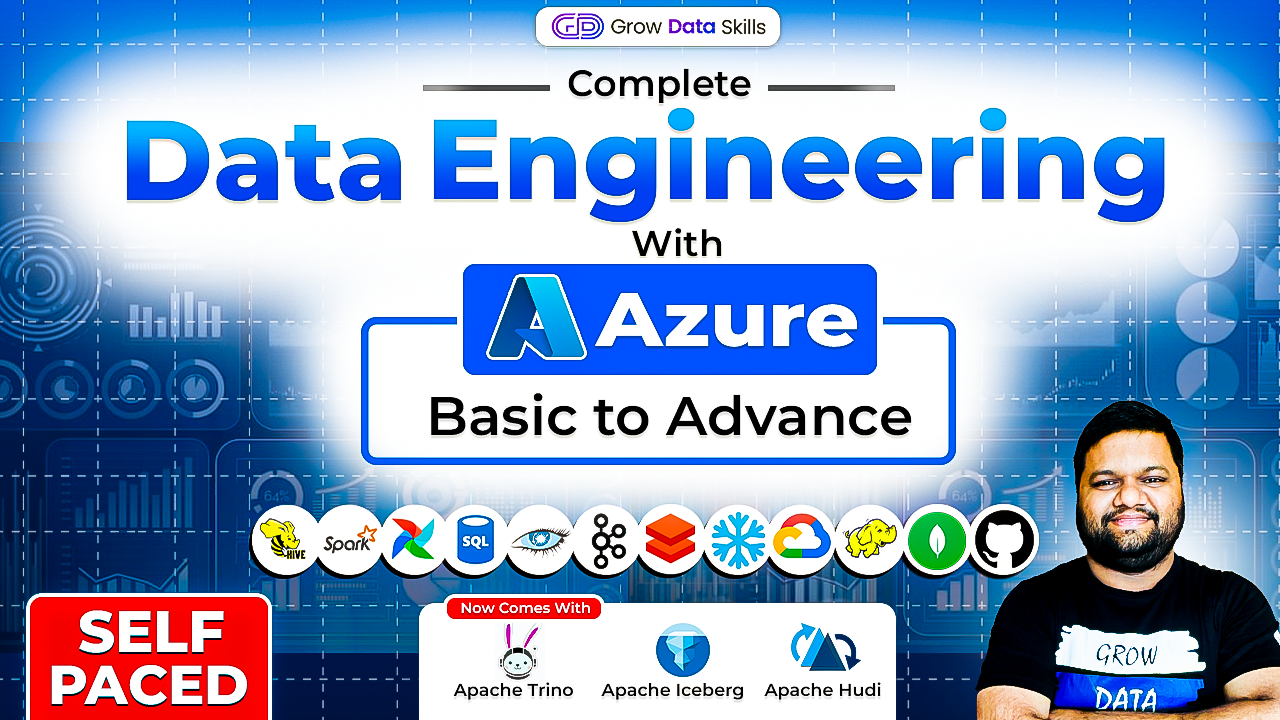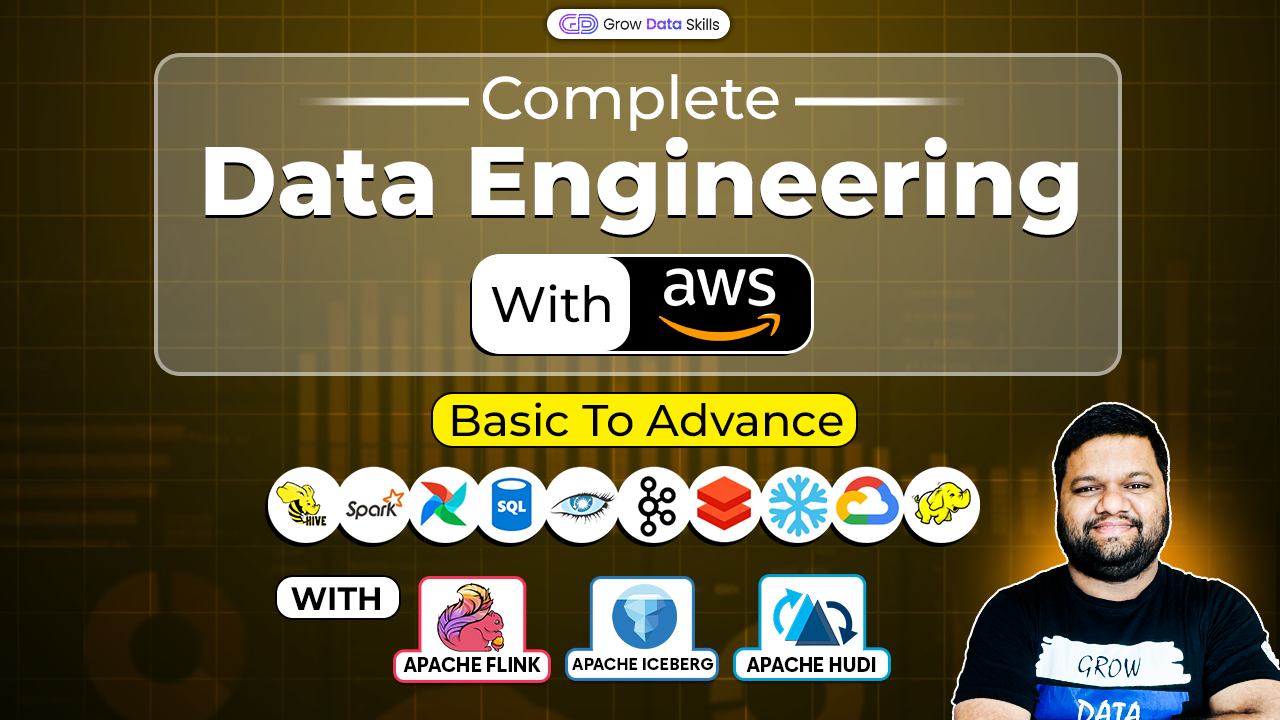If you're a data professional, chances are you've been caught in heated debates about ETL versus ELT. The stakes are higher than ever in 2025, with businesses generating more diverse data types and expecting faster time-to-insight. Making the wrong choice could mean the difference between a nimble, scalable data infrastructure and a bottlenecked system that can't keep up with your business needs.
Let's dive deep into this data pipeline battle and help you make the right choice for your organization.
The Tale of Two Approaches: Understanding ETL and ELT
ETL: The Traditional Powerhouse
Extract, Transform, Load has been the gold standard for decades. Picture this: you're organizing your garage. With ETL, you'd sort, clean, and organize everything in your driveway before carefully placing items on their designated shelves.
The ETL process works similarly:
➣ Extract data from multiple source systems
➣ Transform it on a separate processing server (cleaning, validating, structuring)
➣ Load the polished, warehouse-ready data into your target system
ELT: The Modern Disruptor
Extract, Load, Transform flips the script entirely. Going back to our garage analogy, ELT would involve moving everything directly into the garage first, then organizing it using the space and tools you already have there.
Here's how ELT operates:
➣ Extract raw data from source systems
➣ Load it directly into your data warehouse or lake
➣ Transform data in-place using the warehouse's native compute power
The Differences That Matter
The distinction between these approaches goes far beyond just changing the order of operations. Let's break down the key differentiators that could make or break your data strategy:
Location
ETL performs transformations on dedicated middleware servers, requiring separate infrastructure and potentially creating processing bottlenecks. ELT leverages your warehouse's computing resources, which in modern cloud environments often means virtually unlimited scalability.
Data Democracy vs. Data Control
ETL acts as a gatekeeper, ensuring only clean, structured data enters your warehouse. ELT embraces the "raw data first" philosophy, storing everything and transforming on-demand. This fundamental difference affects everything from storage costs to analytical flexibility.
Speed and Agility
In our real-time world, speed matters. ELT can ingest data immediately and transform it as needed, while ETL requires processing delays that might miss critical business moments. Think about it: would you rather have yesterday's perfect data or today's workable insights?
The Pros and Cons Breakdown
ETL: The Reliable Veteran
The Good:
➣ Rock-solid data governance - You control exactly what enters your warehouse
➣ Compliance-friendly - Perfect for regulated industries where data lineage and quality are non-negotiable
➣ Mature ecosystem - Decades of tools, best practices, and skilled professionals
➣ Predictable performance - Well-understood resource requirements and processing times
The Challenges:
➣ Batch processing limitations - Not ideal for real-time or near-real-time needs
➣ Scalability constraints - Processing power becomes a bottleneck with large data volumes
➣ Rigid structure - Difficult to adapt when business requirements change
➣ Higher infrastructure costs - Requires dedicated transformation servers
ELT: The Agile Newcomer
The Good:
➣ Massive scalability - Cloud warehouses can handle petabytes with ease
➣ Data variety champion - Handles structured, semi-structured, and unstructured data seamlessly
➣ Cost-effective - Pay-as-you-go cloud pricing models
➣ Lightning-fast ingestion - Data becomes available for analysis almost immediately
➣ Future-proof flexibility - Easy to adapt transformations as business needs evolve
The Challenges:
➣ Data quality wildcards - Raw data can introduce inconsistencies and errors
➣ Compliance complexity - Sensitive data sits in the warehouse before proper transformation
➣ Skills gap - Fewer professionals experienced with ELT best practices
➣ Tool maturity - Some ELT tools are still evolving compared to established ETL solutions
Real-World Success Stories: When Each Approach Shines
ETL Success: Global Bank's Regulatory Reporting
A major international bank processes billions of transactions daily for regulatory reporting. They chose ETL because:
➣ Strict data validation ensures compliance with Basel III requirements
➣ Consistent data quality eliminates costly regulatory penalties
➣ Audit trail clarity provides complete transformation lineage
➣ Performance predictability meets rigid reporting deadlines
The result? Zero compliance violations and 40% faster regulatory report generation.
ELT Victory: E-commerce Giant's Real-Time Personalization
A leading online retailer ingests data from 15+ sources including clickstreams, mobile apps, IoT sensors, and social media. ELT enabled them to:
➣ Process 50TB daily without transformation bottlenecks
➣ Deliver real-time recommendations within 100 milliseconds
➣ Adapt quickly to new data sources and business requirements
➣ Reduce infrastructure costs by 60% using cloud-native solutions
The outcome? 25% increase in conversion rates and $50M additional annual revenue.
The Decision Framework: Your Path to the Right Choice
Choosing between ETL and ELT isn't about following trends—it's about aligning with your specific business context. Use this framework to guide your decision:
Choose ETL When:
➣ Data quality is paramount and errors could have serious business consequences
➣ Regulatory compliance requires strict data governance and audit trails
➣ Data sources are highly structured and transformation logic is well-established
➣ Processing volumes are manageable and real-time insights aren't critical
➣ Team expertise lies primarily in traditional data warehousing approaches
Choose ELT When:
➣ Data variety and volume are significant challenges
➣ Speed to insight directly impacts business outcomes
➣ Cloud-native architecture is part of your technology strategy
➣ Analytical requirements frequently change, and flexibility is crucial
➣ Cost optimization through elastic cloud resources is important
Consider a Hybrid Approach When:
Modern organizations often aren't limited to just one approach. You might use ETL for critical, structured data requiring strict governance while employing ELT for exploratory analytics and large-scale data ingestion.
Looking Ahead: The Future of Data Pipeline Architecture
The data landscape continues evolving rapidly. Here's what to watch:
Real-time streaming is becoming table stakes, pushing more organizations toward ELT approaches that can handle continuous data flows.
AI and machine learning workloads often require access to raw, unstructured data another point in ELT's favor.
DataOps and automation are making both approaches more efficient, though ELT's cloud-native nature gives it advantages in automated scaling.
Data mesh architectures are emerging, potentially requiring hybrid approaches that combine the best of both worlds.
Your Action Plan: Making the Right Choice Today
Ready to move forward? Here's your step-by-step action plan:
Immediate Assessment (Week 1-2)
Audit your current data landscape: Volume, variety, velocity, and veracity requirements
Map compliance requirements: What regulations govern your data handling?
Evaluate team capabilities: Current skills, training needs, and hiring requirements
Assess infrastructure: On-premises constraints vs. cloud readiness
Strategic Planning (Week 3-4)
Define success metrics: What outcomes matter most to your business?
Create a pilot program: Start small with a representative use case
Budget for the transition: Include training, tools, and potential infrastructure changes
Plan for scalability: How will your needs evolve over the next 2-3 years?
Implementation Roadmap (Month 2+)
Start with a proof of concept: Validate your approach with real data and stakeholders
Build incrementally: Migrate workloads systematically rather than attempting a big-bang transformation
Monitor and optimize: Track performance, costs, and user satisfaction continuously
Document lessons learned: Create organizational knowledge for future projects
The Bottom Line
It's Not About Technology. It's About Value
The ETL vs. ELT decision isn't really about which technology is superior. Both approaches have evolved to solve different challenges, and the "right" choice depends entirely on your organizational context, business requirements, and strategic goals.
What matters most is choosing the approach that enables your organization to extract maximum value from data while managing risk appropriately. Whether you go with the proven reliability of ETL, the modern flexibility of ELT, or a hybrid approach, success comes down to thoughtful implementation and continuous optimization.
The data revolution isn't slowing down. The organizations that thrive will be those that make informed, strategic decisions about their data architecture, starting with understanding when and why to choose ETL versus ELT.
What's your data pipeline story? The choice you make today will shape your organization's analytical capabilities for years to come.
Choose wisely, and your future self will thank you.




Blog liked successfully
Post Your Comment